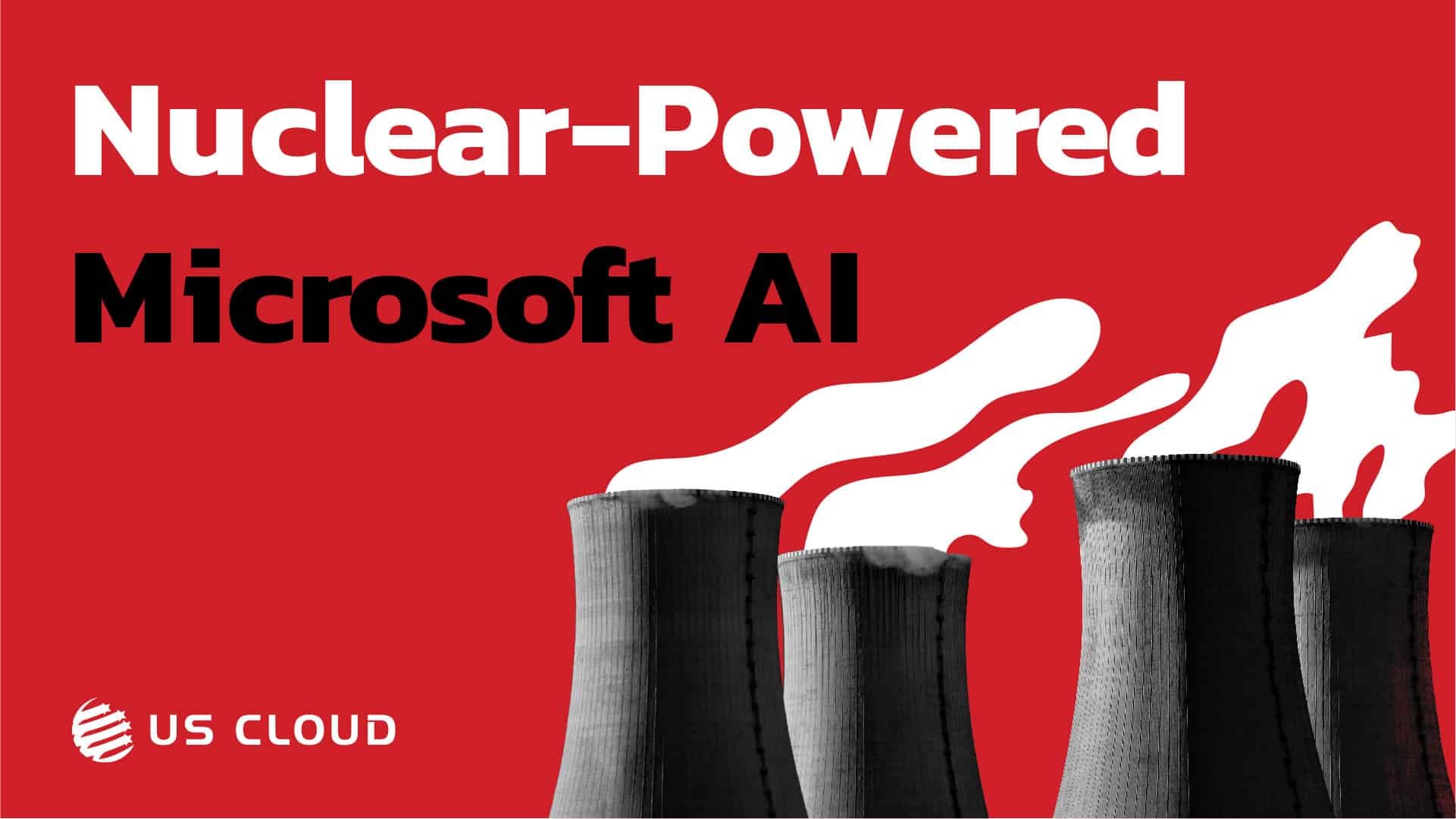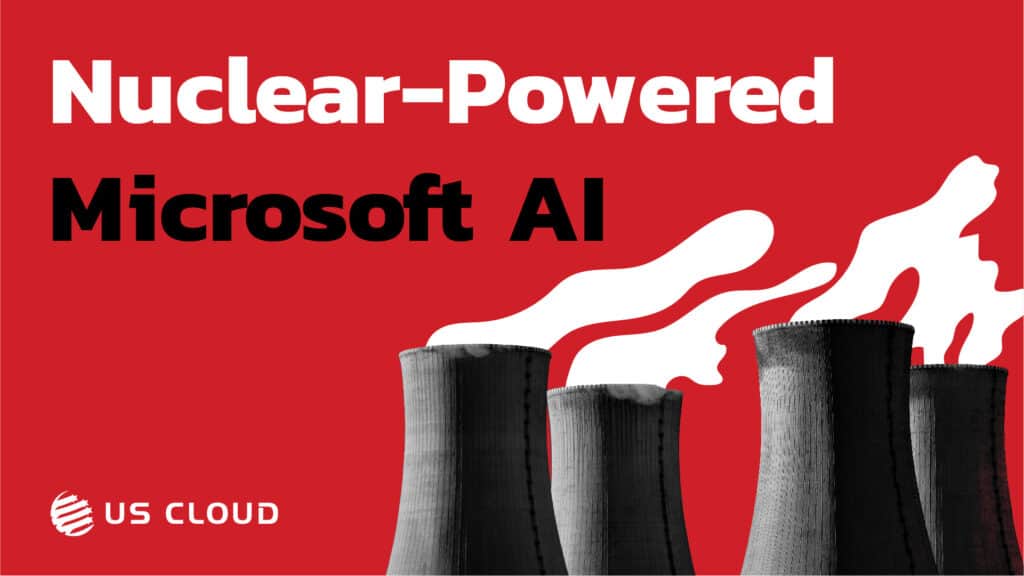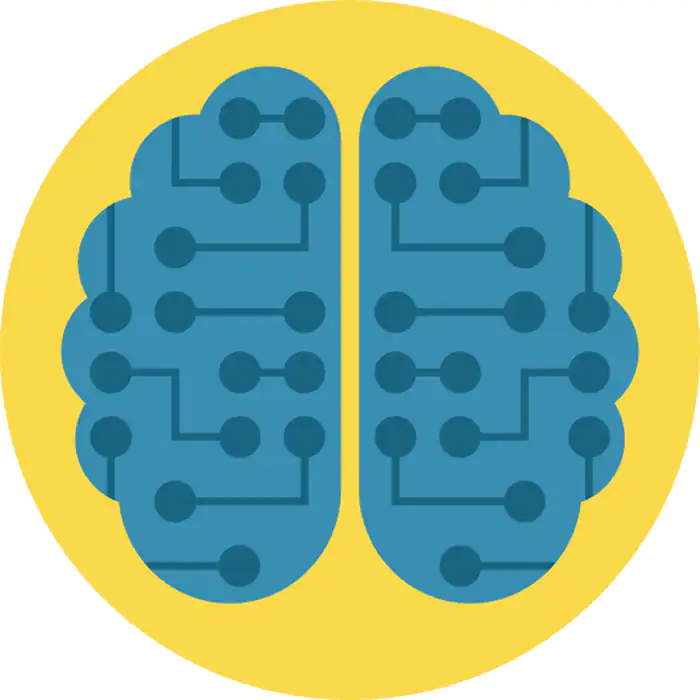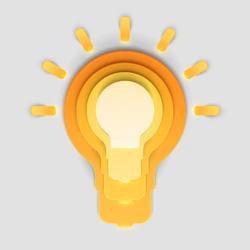

Microsoft AI is Going Nuclear Powered.
Microsoft AI is Going Nuclear Powered
Alongside new innovations from Microsoft, including the rollout of Copilot this year, nuclear reactors powering data centers and AI innovations are also on their to-do list. Since late 2023, Microsoft has been gearing up a nuclear energy strategy to provide a clean power source to some of the world’s most used technologies. With the job listing already on the market for a nuclear energy strategist, the next generation of power is moving into the tech sector.

Benefits of Nuclear-Powered AI

Data centers already use a massive amount of electricity to constantly stay operational, something that runs counter to Microsoft’s climate initiatives. As a big ESG proponent, using a sizable amount of energy through typical sources like coal, oil, or standard electrical grids is considered a detriment to the planet. Similarly, AI innovation requires an excessive amount of electricity to model and maintain. AI can’t learn if it’s asleep after all. Constantly improving AI models means they must stay on longer, so conventional electricity measures can’t keep up without being costly and a negative for the environment.
Nuclear energy doesn’t create greenhouse gas emissions or run off conventional electrical-generative methods. While this does pose potential problems with handling radioactive waste and building up a uranium supply chain, the benefits may outweigh the negatives. The topic is still hotly debated, but the co-founder of Microsoft, Bill Gates, has long been a fan of using nuclear power for technology.
The Hot Debate Around Nuclear Energy
The job listing for a Microsoft nuclear power strategist shows just how committed the company is to trying to achieve alternative power for their technological innovations. This individual would lead project initiatives for all aspects of nuclear energy infrastructure for global growth. Specifically, they want someone who can help execute a plan to roll out small modular reactors (SMR). These are considered to be the next generation of nuclear reactors, being easier and cheaper to build than their larger predecessors. Comparatively, the last nuclear reactor to be built in the US took $17 billion and seven years of delays to finally come online.
In January 2023, the US Nuclear Regulatory Commission certified the first SMR design, allowing utilities to choose this design when applying for a license for a new power plant. While this could bring about a new chapter in nuclear energy, it opens the door for Microsoft to begin pursuing the creation of their own SMRs. Despite the approval on the design, there are still some aspects of SMRs that could be problematic. An SMR requires more highly enriched uranium fuel than its larger counterpart, with the majority of that supply coming from Russia. There has been a push in the US to build up a domestic supply chain of uranium, but this has caused communities near uranium mines and mills to push back. There is also the question of what to do with any nuclear waste that come from these reactors, since even a small fleet of SMRs can generate a large amount of waste and the US still isn’t sure how to safely store it long-term.
Potential Fusion Power Plants
Microsoft recently purchased electricity from a company called Helion, which is developing a fusion power plant. Nuclear reactors, both big and small, generate electricity through nuclear fission, which is caused when atoms are split. Nuclear fusion, contrarily, is the process of forcing atoms together in a similar fashion to how stars generate their own energy. A fusion reactor would be an abundant source of clean energy that doesn’t result in waste like a nuclear reactor, but despite decades of research and recent breakthroughs, most experts agree that fusion power is a few decades away. In the meantime, nuclear power is the greenest alternative for large-scale electricity needs.
Nuclear Power and ESG

ESG stands for Environmental, Social, and Governance, which is one of the initiatives driving the switch to green alternative energy from Microsoft. ESG is composed of three pillars, which are:
- Environmental
Environmental focuses on a company’s impact on the natural world. This includes elements like greenhouse gas emissions, energy consumption, pollution levels, and waste management. Realizing that conventional electricity solutions aren’t enough in combatting global warming, Microsoft is using nuclear power as a stopgap. Replacing conventional energy may lead to potential nuclear waste, but that’s part of the waste management aspect of this section. - Social
The social aspect examines a company’s relationship with its stakeholders. From employees and communities to broader ethical considerations. Labor practices, diversity and inclusion, human rights, and community engagement come into focus here. Microsoft is already positioning itself as an accepting company with a diverse workforce, but considering the impact of nuclear power on the environment and communities near mines and mills is part of the deliberation process. Social is more than just image, it’s relationships with impacted communities and the world at large. - Governance
Finally, governance delves into the internal workings of a company, scrutinizing its leadership structure, executive compensation, board composition, and transparency in financial reporting and risk management. Responsible leadership, ethical business practices, and robust oversight mechanisms are key for investors seeking to protect their interests. Oversight of the nuclear process will require a trained eye and careful consideration before anything is set in motion.
Using these three pillars, Microsoft aims to bring a cleaner alternative energy source to their growth efforts. While it will take a lot of planning and careful execution, pulling this off could open the door for other businesses to venture into cleaner power alternatives with a blueprint that is proven to work.
